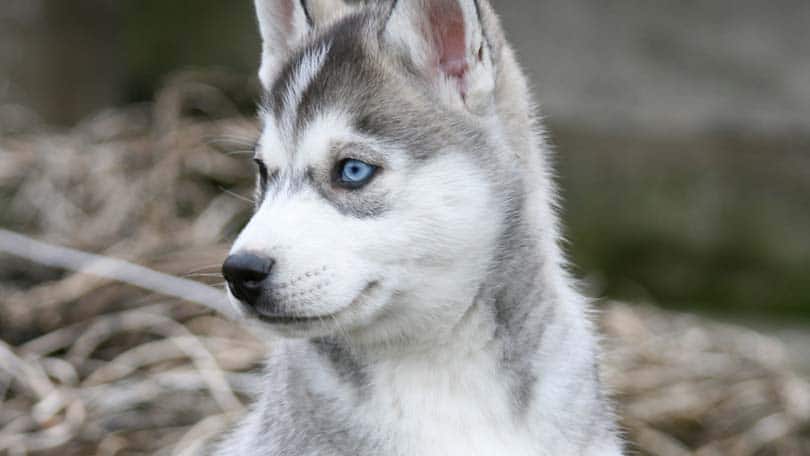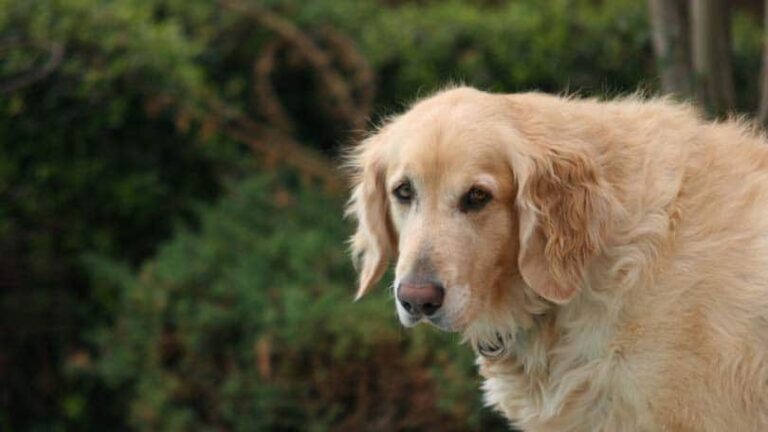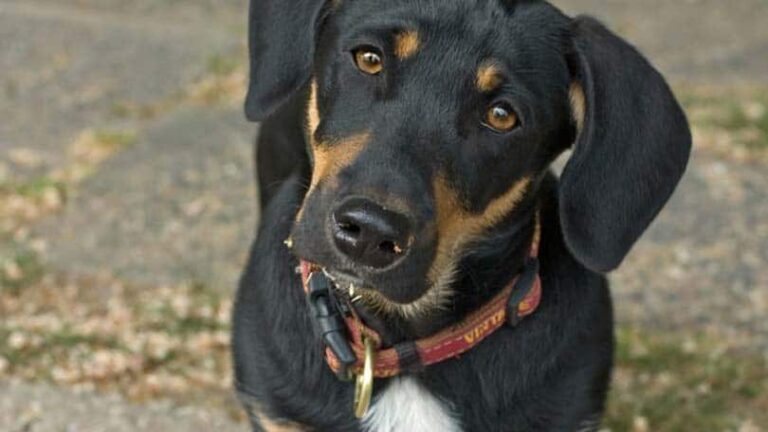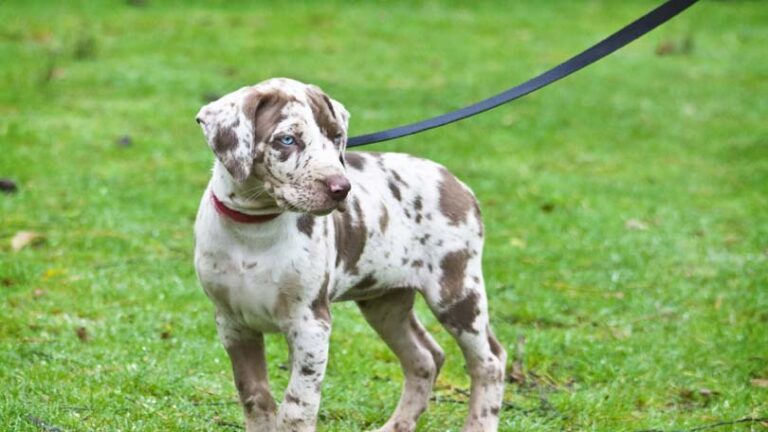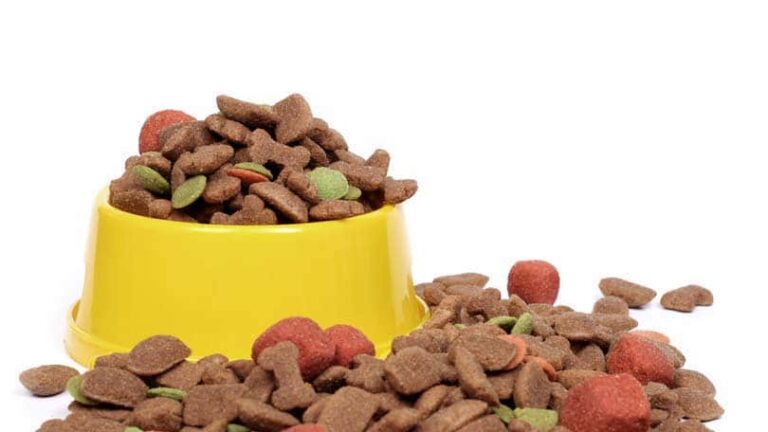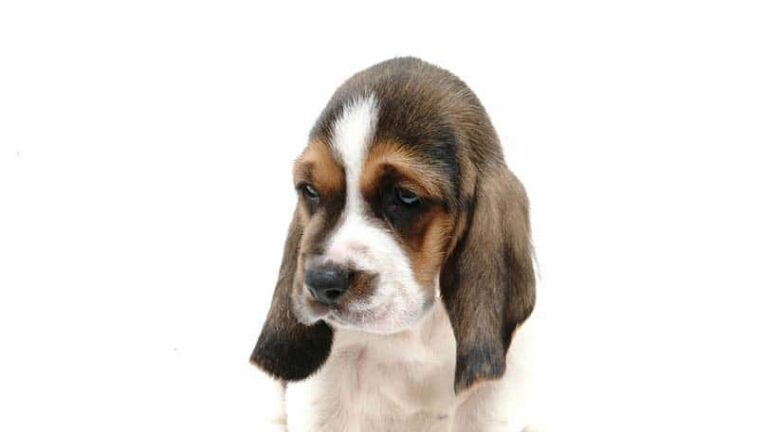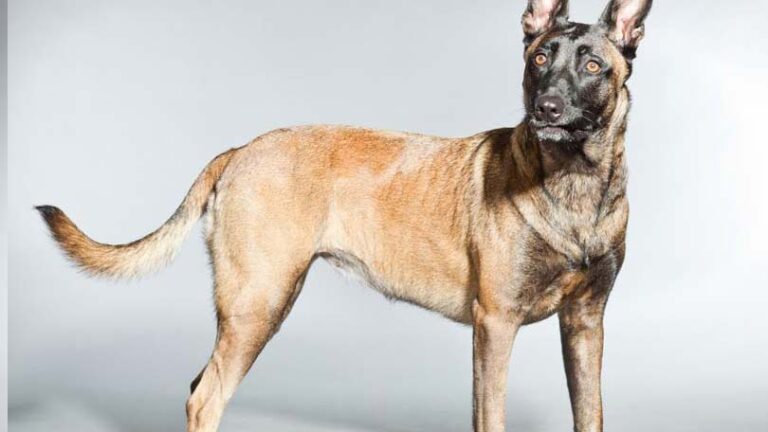Working Dogs
The AKC’s Working Group of Dogs contains some of the dog world’s hardest-working canines. Working dogs are extremely versatile. They include protection dogs, livestock guarding dogs, shepherds, police and military K9s, search and rescue dogs, water dogs to help fishermen, sled dogs, and even dogs to pull carts and act as draft animals. Perhaps no other single group of dogs has done as much to work with humans.
The following dogs are members of the AKC’s Working Group: Akita, Alaskan Malamute, Anatolian Shepherd Dog, Bernese Mountain Dog, Boxer, Black Russian Terrier, Bullmastiff, Doberman Pinscher, German Pinscher, Giant Schnauzer, Great Dane, Great Pyrenees, Greater Swiss Mountain Dog, Komondor, Kuvasz, Mastiff, Neapolitan Mastiff, Newfoundland, Portuguese Water Dog, Rottweiler, Saint Bernard, Samoyed, Siberian Husky, Standard Schnauzer, Tibetan Mastiff
The Working Group contains several breeds which began life as shepherds and have gone on to do other work. Perhaps the most famous of these breeds is the German Shepherd Dog — loyal, confident, brave and always willing to protect his family. The German Shepherd, as a breed, was created only a little over 100 years ago, in 1899, from German farm dogs and herding dogs, but the goal was always to create a dog capable of doing much more. The Rottweiler was also once a drover’s dog, herding cattle for the Romans into German lands. Today they work as police dogs, service dogs, herders and as devoted companions.
The Working Group also contains several breeds known as livestock guardian dogs. These dogs are not precisely herding dogs. They can guard a flock of sheep from predators such as wolves and bear. In some cases they can blend into the flock and the predator may never suspect that the dog is there. The Anatolian Shepherd, the Kuvasz and the Komondor are livestock guardian dogs. The Komondor with his long white cords even resembles a sheep. When he moves into the flock a wolf may have no idea that the dog is there guarding the sheep — until the dog moves out to protect them.
Other breeds have excelled as water dogs. Both the Newfoundland and the Portuguese Water Dog are famed for their work as water dog. Both dogs pulled nets from the water for fishermen — the Newfoundland in Canada and the Portuguese Water Dog off the coast of Portugal. Today the Newfoundland has found a new role as a water rescue dog while the Portuguese Water Dog is now the First Dog.
The Alaskan Malamute, the Siberian Husky and the Samoyed have all worked as sled dogs, though they have also done other work. The Sammy has been used for herding reindeer, hunting and hauling sledges as well as guard work.
The Working Group also contains some mastiff breeds, including the Mastiff, the Neapolitan Mastiff, the Tibetan Mastiff, the Bullmastiff, the St. Bernard and the Great Dane. Many of these dogs had ancient beginnings and today they are guardians and protectors.
Other members of the Working Group have played a variety of roles. The Akita has been a guard dog in his native Japan. The German Pinscher has has hunted vermin in Germany. The Black Russian Terrier has been a guard dog in Russia. The Boxer has hunted wild boar and bison and been a guide dog for the blind. The Standard Schnauzer and the Giant Schnauzer have been farm dogs, guarding the family and their livestock.
Whatever job has needed to be done, these dogs of the Working Group have been able to fill the demand.
All of these dogs today have found new roles as companion dogs. They may not be called upon as they once were to guard sheep (though they still do in their native countries), or to pull sleds (though they still do during the Iditarod), or to pull in fishing nets, but dogs of the Working Group have become some of our most successful companion dogs.
Many Working dogs excel at obedience. These dogs are often highly intelligent and easily trainable . They enjoy having a job. They like to work. You might even say that they have a work ethic. They can make outstanding search and rescue and military K9 dogs. They have worked as drug detection dogs and in arson detection.
Most members of the Working Group are large dogs and some are giant breeds, such as the Mastiff, the Great Dane and the St. Bernard. For this reason, not all Working dogs are suitable for all living situations. They are usually solid in temperament but they do require exercise. Most of them need more space than living in an apartment.
Some members of the Working Group can have some special needs, or at least desires. Dogs such as the Alaskan Malamute, the Siberian Husky and even the Samoyed can be happier living where they have access to some cooler weather. They may like to spend more time outdoors than some dogs. Some of these dogs even prefer to sleep outside. This doesn’t mean that these dogs don’t require the same care that you would give to other dogs, but you may need to accommodate their preferences.
With the Mastiff breeds you may need to make special allowances for their growth patterns. These dogs can grow to be very large and too rapid growth can lead to skeletal problems. If you plan to have a Mastiff, Neapolitan Mastiff, Tibetan Mastiff, Great Dane, or St. Bernard, follow careful feeding guidelines so puppies don’t grow too quickly.
For dogs that have a strong protective instinct, such as the German Shepherd, the Doberman Pinscher and the Rottweiler, remember that it’s very important to properly socialize these puppies from a young age. The more socialization they receive, the better they will be as companions. Socialization will not diminish their protection and guarding abilities but it will do much to make them better pets. All puppies should be socialized from a young age to help them become good pets.
Working dogs have much to offer anyone who is considering one of these dogs as a companion. They are loyal, hardworking, intelligent and often protective. As a group, they do need training and socialization to achieve their full potential so it’s up to their owners to meet these needs.

Having discovered a fondness for insects while pursuing her degree in Biology, Randi Jones was quite bugged to know that people usually dismissed these little creatures as “creepy-crawlies”.

